 Want to get Movie Marketing Madness via email? Sign up here. Then connect with MMM on Twitter and Facebook.
Want to get Movie Marketing Madness via email? Sign up here. Then connect with MMM on Twitter and Facebook.
There are some scenes from movie history that are define the word “iconic.” Think Bogart leaning on the bar in Casablanca. Chaplin being put through the machinery in Modern Times. Daniels violently defecating in Dumb & Dumber. Right there has to be the chariot race in 1959’s Ben-Hur, as Charlton Heston drove his cart around the track, fighting for his life as those competing against him try and take him and his chariot apart. It’s a set piece that’s straight out of Hollywood’s Golden Age, filled with spectacle with huge sets and an army of extras and filmed in bright, eye-popping color to amaze audience. That kind of scene, one that becomes part of the societal and cultural narrative in a deep-seated way, can be tough to tackle when it comes to remakes.
Which brings us to another of this week’s new releases, Ben-Hur. Judah Ben-Hur (Jack Huston) is a wealthy and well-respected prince who is one day betrayed by his adopted brother Messala Severus (Toby Kebbell) because reasons. Judah is sent into slavery and taken from his homeland for years but works his back after the ship he’s on is destroyed. He immediately begins to plan revenge on his brother, now a high-ranking general in the Roman army. As he goes through the motions, though, he meets certain people – including Jesus of Nazareth – who begin to make him think there’s a better way to live.
The Posters
The first poster uses this movie’s version of the iconic chariot race as the main selling point, showing the title character screaming as he holds onto the reins of his horse as it zooms around the track. It’s all variations of brown to really sell the sand-based setting of the story and the copy above the title treatment lays out the stakes: “First to finish. Last to die.” Which…doesn’t make a lot of sense if you think about it.
A set of character posters came after that showing off the five main characters, each with three descriptive characteristics so the audience can get to know them a bit better. So Judah’s poster says “Slave. Rebel. Champion” and so on.
Another group of posters took the same approach but used photos that were a bit more tightly focused than the first batch. Same goal here, to provide the audience with some background and potential motivations for the characters. Jesus appears to it into this group twice.
The theatrical one-sheet, shockingly, uses a shot from the chariot race. In fact, it’s more or less the same shot as the teaser poster, only this time the background isn’t obscured by a cloud of dust but allows us to see Severus racing against him.
The Trailers
The first trailer sets up the epic, Gladiator-like nature of the movie. We meet Ben Hur as a slave on a ship, having been sold into slavery after his brother betrayed him and his family in Jerusalem five years before. That brother is now a major player in Rome and Hur is out for vengeance. He gets some help and is told the arena is the place to take his brother on in since anything goes there. It all leads to a final confrontation in the chariot race, though before the end we’re treated to a montage that includes the love interest, Christ being crucified and lots of horse-based action.
https://www.youtube.com/watch?v=gLJdzky63BA
It’s not bad, but it’s obvious Paramount wants this to be a big, sweeping epic filled with lots of sweat and and. They’re selling this on the spectacle, with the relationship and drama between the brothers as an afterthought, an excuse to get from one set piece to the next. Again, it’s not bad, but if you have a low tolerance for this sort of thing it’s not really going to work for you.
The next trailer starts out with a passage from Scripture before introducing us to Judah Ben-Hur as an escaped slave. Then we get the backstory as to who he was before he became a slave and how that happened, a betrayal from his own brother. He sets out for justice for his family and we cut immediately to the chariot race sequence. Along the way we have a couple interactions between Ben-Hur and Jesus Christ.
https://www.youtube.com/watch?v=-OE46mqgXqo
It’s a pretty strong trailer that works a lot more well than the first one. It’s not that it’s radically different from that initial spot, but it’s just a bit tighter in its presentation. It also hits the Christian angle a lot more overtly, not only through the regular appearances by Jesus but also the copy at the end encouraging people to go find related faith resources to share.
One more short trailer hits most of the same beats as what we’d seen previously, ranging from Ben-Hur’s time as a slave to his challenge of his brother in the arena for the chariot race.
Online and Social
The movie’s official website is one in the latest trend of being almost completely devoid of content. The page features the key art as its key element, with big buttons to watch the trailer and buy tickets there in the middle of the page.
At the top is where most everything is found, though it’s notable that there’s almost nothing actually on this site, it’s just links elsewhere. First there is “#MyGreatestChallenge,” a site that asks you to share some moment from your own life where you’ve overcome adversity using that hashtag, with the site displaying those posts. Then there’s a link to another site where you can enter an official sweepstakes. Other than that there are just buttons for Group Tickets – because turning out evangelical groups has been a big focus here – and one for “Partners.”
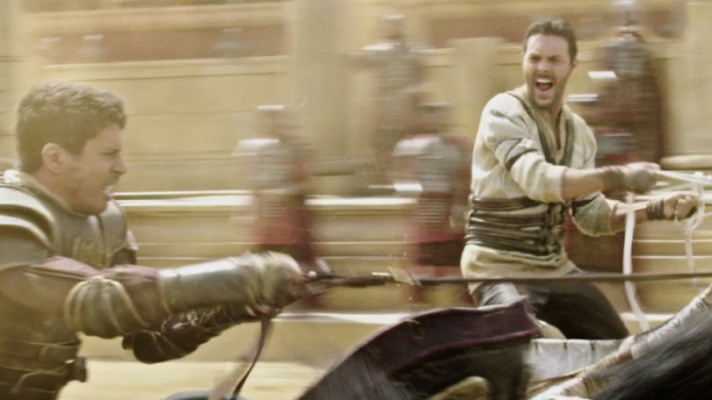
Offsite, the movie had profiles on Facebook, Twitter and Instagram where it did the usual sharing of photos, videos and other promotional items. Nothing revolutionary there that I’ve seen.
Advertising and Cross-Promotions
A pretty heavy TV presence helped advertise the movie, with spots that differed pretty clearly. Where the 30 second spots like this one tried to show more of the story, including Ben-Hur’s time in slavery, his return for revenge and then the chariot race, the 15 second versions focused almost exclusively on that chariot race as it continued to be the centerpiece of the campaign.
Two companies are listed on the official site as promotional partners:
- Langers: The juice company offered a free movie ticket when you bought four bottles of select items
- Frey: The detergent-for-men company (yes, that’s apparently a thing) offered a free movie ticket when you made an online purchase
On social media, the studio used various trailers and TV commercials as the basis for paid posts. Key art was used for other online ads as well as for outdoor billboards.
Media and Publicity
While there was plenty of news about casting and production and such the first real publicity for the movie came in the form of some first-look stills that showed Huston as the title character and more, including a glimpse at the anticipated chariot race.

Director Bekmanbetov was profiled here as he talked about his career to date and how someone who’s primarily known for dabbling in horror and other genre movies came to direct what amounts to a Biblical epic remake of a classic film. He also explained at length how this was a different movie and story than the original, though that’s countered somewhat by the focus on the chariot race in the trailers. He also talked about the support he got from producers Roma Downey and Rob Burnett, who also spoke a bit about the movie and why they wanted to bring it back.
Overall
Hey, did you know this movie, just like previous versions, has a chariot race? Because it’s literally everyone in the campaign. You can’t watch a trailer or TV spot for more than five seconds without that race showing up and it even makes its way into the publicity and press push. That seems to be indicative of where we are with movies in general in 2016, that it’s more important to have one centerpiece sequence that will wow people with visuals than it is to clearly convey the characters, story and stakes that go into the movie. It’s better to give them something to create a talkable moment that will hopefully provide enough of a lure for the audience than to get them invested in the story.
Outside of that this isn’t a bad campaign but it does have some identity issues that unnecessarily create speedbumps for the audience. It’s being sold as both a big, breathtaking epic and a story with a strong religious (specifically Christian) identity, with at least one of the trailers making Jesus a central component of the story and the character’s motivations. That could cause some confusion in the target audience, but the push for evangelical support – something that’s oddly not mentioned on the website, where it’s usually found – is apparently meant to counter that. If the movie does succeed at the box-office, which I don’t think it will based on this campaign, it will be because of that targeted outreach.
Click here to get more Movie Marketing Madness. Then connect with MMM on Twitter and Facebook.
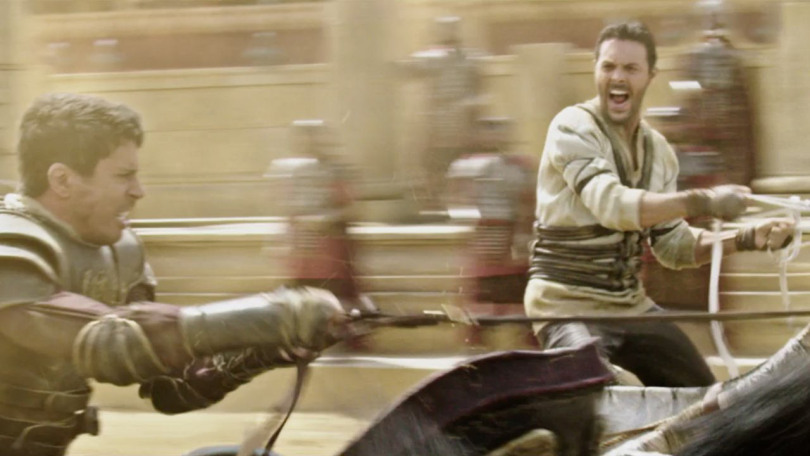

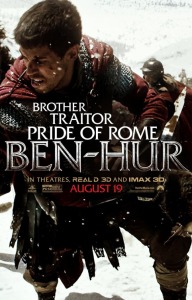
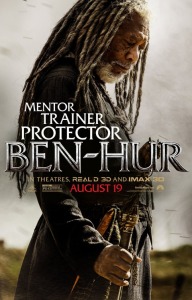

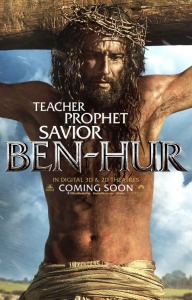




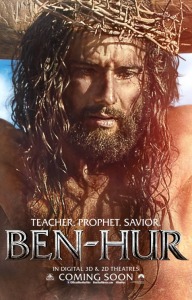
One thought on “Movie Marketing Madness: Ben-Hur”
Comments are closed.